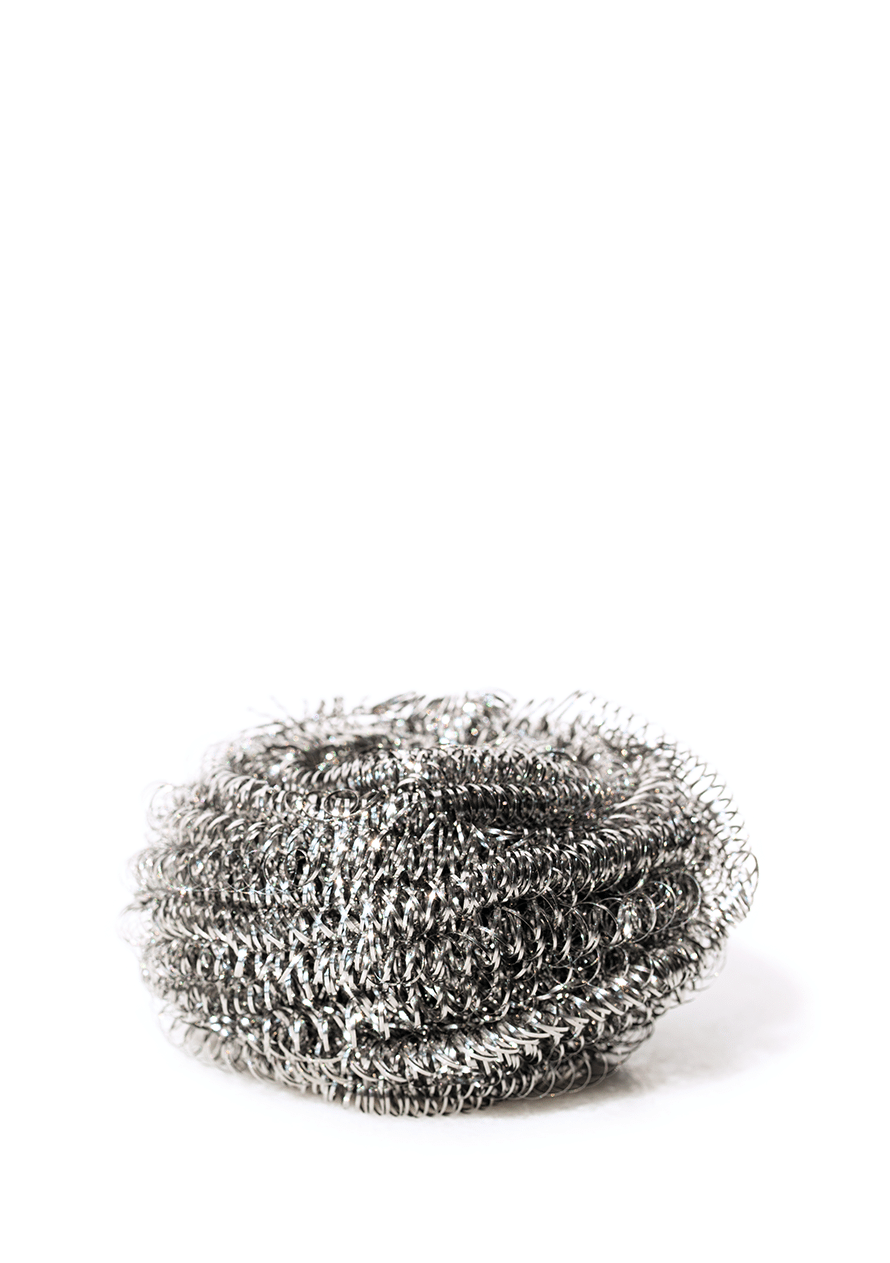Salma Hayek (Coatzacoalcos, Veracruz, 1966) has earned a reputation as one of the most influential Latin women in world cinema. After starting her career in Mexico as a soap opera actress, in 1995 she made her way onto U. S. screens with film Desperado, directed by Robert Rodríguez.
After several roles in films like From Dusk Till Dawn (1996) or Four Rooms (1995), she became the archetype of the sensual and voluptuous Latin actress of Hollywood. However, while this took place, Salma was already working on the most ambitious project of her career: Frida.
For years, she overcame all kinds of obstacles to interpret the Mexican painter, acquiring the rights to use the work of Frida Kahlo, and anticipating the refusal of producers who did not cast her in the film for not being considered a big enough “star”, which led to the creation of Ventanarosa, her own production company.
Frida premiered in 2002 with Salma as producer and lead actress; the film was nominated for several Academy Awards, winning Best Original Score and Best Makeup. Since then, her career as an actress, producer and director has matured.As an activist, in 2005, she spoke before the United States Congress on the fight against machismo and domestic violence suffered by women in Latin America.

In 1915, a native from Hidalgo, engineer Juan Guillermo Villasana (1891-1959), invented the Anáhuac propeller, a contribution that revolutionized the world of aviation by achieving a propeller model that surpassed everything that existed at the time and allowed to reach a flight with greater elevation and stability.
The initiator of aeronautics in Mexico and founder of Mexican Civil Aviation, Villasana López, designed the first gliders that flew over Pachuca. At 13 years old he had already made a series of airplane models of his own creation.
For the construction of the Anáhuac propeller he used his knowledge in carpentry to create a design made with an assembly of different types of wood, which had a radial exit corner, and a constant cord width at its middle length, giving the planes greater elevation and stability.
Thanks to this invention, the world height record was surpassed in 1919, when an American pilot in Japan reached up to 6,000 meters above sea level, being that at the time they did not go over 2,423 meters.
The United States and Japan, among other countries, wanted to buy the patent, but the engineer preferred to donate it to the government of Mexico, who gave the friendly nations a copy of it. The Japanese government, through General Gaishi Nagaoka, awarded Villasana the Imperial Medal in 1919


In comparison to the set of information, resources and practices that make up traditional medicine, herbal medicine is one of the most important cultural assets of our ancestral peoples that survives thanks to the efforts of shamans, healers, herbalists and grandmothers, the main keepers of this legacy.
In our country, this knowledge dates from the pre-Hispanic era. King Acolmiztli Nezahualcóyotl founded the first cultivation and research center for medicinal plants on the hill of Tecutzingo, in Texcoco.
The mural of Tepantitla, in Teotihuacán, which reproduces plants and remedies known in pre-Hispanic times, can also be seen as a vestige of this legacy, along with the Mexica sculpture of Xochipilli —prince of flowers— found in Tlalmanalco, State of Mexico, where we can observe sacred mushrooms, the tobacco flower —used by the Aztecs to attack tumors—, the morning glory flower —powerful against syphilis— and the shrubby yellowcrest —useful for the relief of bronchitis, dysentery and dermatitis.
The syncretism that came with miscegenation enriched this heritage and made it one of the largest: Mexico ranks second in the world in taxonomic richness of medicinal plants —after China— with 4,500 species.

In 2018, Isaac Hernández (Guadalajara, Jalisco, 1990) made history by becoming the first Mexican dancer to receive the Prix Benois de la Danse, in Russia —considered the greatest recognition a ballet dancer can receive—, for his interpretation of Don Quixote with the Rome Opera.
Curiously, this role was the first he learned by heart as a child, under the instruction of his father, dancer Héctor Hernández, who taught and guided him, perfecting his technique since he was eight years old.
This preparation laid the foundations for his further development in schools such as the L’Institut Supérieur des Arts de Bordeaux in France, the Escuela Nacional of Cuba in Havana, the American Ballet Theater (ABT) of New York, the Australian Ballet, the Opéra National de Paris, the Stuttgart Ballet, the Eglavsky Ballet, the National Ballet of Canada and the Royal Ballet of London, among others.
After breaking into the international dance scene, Isaac returned to Mexico to create Despertares (2018), considered by specialized magazine Dance Europe as “the greatest dance gala in the world”, with dancers from academies like the English National Ballet, the American Ballet Theater, the Opéra National de Paris, the Royal Ballet of England, to mention only a few; along with exponents of other disciplines including tap and hip hop.
He has also won the Classic Talent Award at the Prague Dance Festival, in the Czech Republic (2002); the National Youth Award for Artistic Activities in Mexico (2002); and the Gold Medal in the pré-pro category and the Grand Prix at the Concours International Odysseé de la Danse in Lyon, France (2002).

Sponge iron is one of the most used Mexican technologies abroad. This raw material is obtained thanks to the direct iron reduction process, a system developed by Monterrey-based company Hojalata y Lámina (HYLSA), which consists of extracting oxygen from iron pellets, converting them into an extremely light material.
It was 1957 when engineer Juan Celada Salmón, employee of HYLSA, directed a team whose main objective was to produce bottle caps for containers of the growing beer industry. But the task became difficult at a time when the war industry raised the cost of materials, so engineers worked until they discovered this process that, unwittingly, unleashed the commercial splendor of steel. With it, cars, refrigerators, washing machines and even kitchen sponges were produced, hundreds of articles made with thin, but highly resistant steel sheets at an affordable price. Over the years, worldwide production of sponge iron reached one billion tons and today HYLSA’s technology remains a leader in its field.


